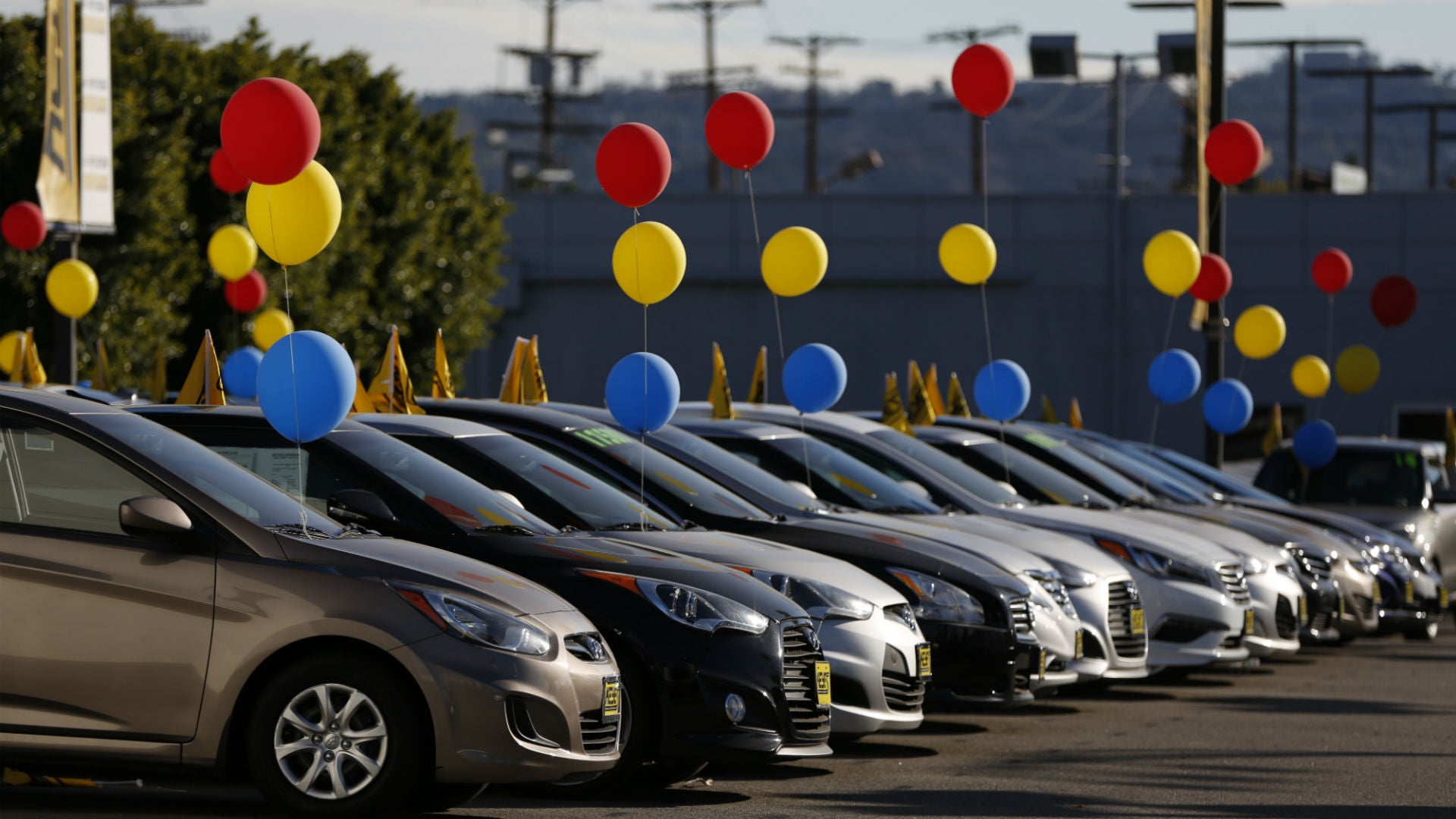The global microchip shortage is beginning to level out. Automakers are starting to ramp up production after more than a year of COVID-19 and supply chain-related kerfuffles, but operations won't be at 100 percent for some time to come. In turn, used car prices are still climbing.
Data from Car Gurus indicates that the average price of a used car listed on its site has increased 29.6 percent since this time last year, a number which shows no signs of slowing any time soon. In fact, Americans are spending as much as 43.6 percent more on certain vehicles than they were just last year.
By the Numbers
First, it's best to understand just what kind of vehicles are raking in more cash. Car Gurus publishes stats based on vehicle body type which paints a picture of America's most in-demand autos at the moment.
It appears that pickup trucks are most affected by the price hike, shooting up in value more than 43.6 percent in the past year. This should come as no surprise given the number of trucks being held from final delivery to dealerships due to incomplete production. Ford Super Duty pickups, for example, fell victim to the chip shortage, with a stockpile quite literally visible from space. Consumers who couldn't find a new pickup instead turned to used, spending an average of $36,409 per vehicle.
While the pickup's lead is quite substantial, SUVs follow in line with the second highest increase. Buying a used SUV will run consumers, on average, $34,457 today. This represents a 31.9 percent increase over last year's average of $26,147.
Looking annually, we can get a fairly broad overview of how the market responded to different brands purchased by American consumers. At the top of the brand bubble is Ram, which has increased 40.3 percent over the last 12 months. Interestingly, Ram was followed closely by Aston Martin at 38.5 percent, and then by more attainable marques.
Inversely, Tesla, which CEO Elon Musk had once claimed to build appreciating assets, has appreciated the least in the same time, with used prices increasing 5.8 percent in the past year.
Shortening the timespan to just 90 days reveals even more weird trends. For example, Saturn—which has been defunct for 11 years—represented the highest increase in list price (26.3 percent) since the beginning of March 2021. The runner-up is Smart at 22.1 percent.
Luxury and exotic brands have also taken a tumble since March. While prices for used vehicles from all automakers have increased across the board, brands like Lamborghini, Ferrari, and Rolls-Royce have slumped in comparison, netting single-digit percentage increases in comparison to more blue collar brands. This is in relation to used cars, mind you; they're still selling plenty of new ones.
Looking Forward
The semiconductor shortage won't last forever, and while many automakers forecast at least some negative effects throughout the end of 2021, foundries are beginning to pick up the pace after a particularly difficult start to the year.
One thing for those in the market to consider is how buying a vehicle with an inflated price might affect finances moving forward.
As the post-pandemic economy flattens out and vehicle prices stabilize, many Americans may find themselves upside down on their vehicle note due to the high purchase price. Dealerships have also been encouraged to push consumers towards longer loan terms, and subprime lending with high interest rates could lead to more consumers being underwater for extended periods of time. It may even cause the average service life of a vehicle to climb higher.
Got a tip or question for the author? Contact them directly: [email protected]









